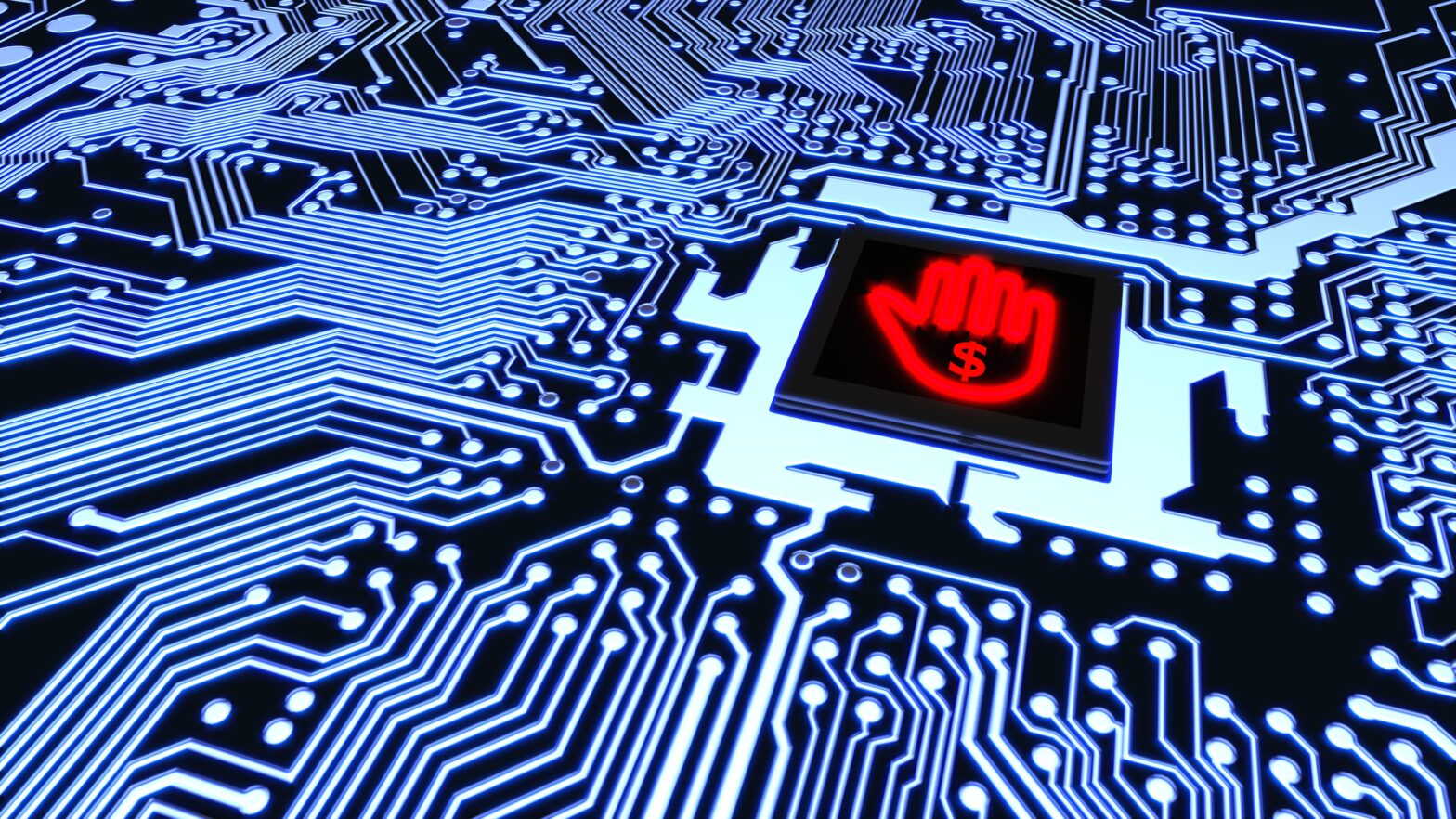Following the global cyber attack yesterday, ransomware is once again on the minds of every business leader and IT department across the world.
In rather timely fashion, Druva – the cloud data protection and information management company – today announced the results of its first annual ransomware report.
The report identified ransomware as the great equaliser, a ubiquitous global threat affecting enterprises large and small and devices of all types – this was certainly seen yesterday with the suspected Petya strain and the WannaCry attack two months ago.
>See also: Multiple firms hit by major global cyber attack
With over 800 companies participating, the report uncovered that over 80% of respondents reported ransomware attacks are on the rise and that half of businesses hit by ransomware were attacked multiple times. To combat the increase in these attacks, eight out of ten organisations turned to modern backup solutions as the most effective strategy to minimise costly downtime and crucial data loss.
Ransomware has quadrupled over the past year, reaching an estimated $1 billion in ransoms paid in 2016 with 4,000 attacks occurring per day. As further proven by the recent, widespread attack known as WannaCry and Petya, protecting against ransomware is paramount for companies of all sizes and industries.
With an increased technological sophistication among attackers, today’s IT organisations are becoming more vigilant and proactive to mitigate data damage caused by attacks and fully prepare to swiftly and seamlessly recover from them.
“It’s no longer a question of if an organisation will be the victim of a ransomware attack, but when. Druva’s Ransomware Report underscores the importance of planning. Simply put, protecting data protects your bottom line,” said Jaspreet Singh, CEO, Druva.
>See also: The global ransomware attack a cyber wake-up call
“It’s no surprise that more and more companies are relying on backup to recover from ransomware attacks. Simple preventative planning greatly mitigates what could otherwise be costly and destructive to data recovery, not to mention devastating to overall business viability.”
The findings within the 2017 report revealed the following:
- Multiple attacks are likely: Nearly 50% of organisations that have experienced a ransomware attack are the victim of multiple attacks.
- Not just end points anymore: Once thought to be contained to end points and/or end users, the 2017 survey finding point to 33 percent of ransomware attacks targeting servers.
- Ransomware attacks spread: According to those surveyed, 70% of attacks spread to multiple devices.
- Blind to size and location: Enterprises are equally impacted regardless of company size, device type or location of data.
- More is more: 82% of survey respondents reported a rise in the rate of attacks.
- Planning with purpose: Eight out of ten times, organisations rely on backup to restore and recover crucial data after an attack.
According to leading analyst firm Gartner, “Ransomware is on the rise, and backup remains the best protection against data loss. As a fail-safe, organisations should implement enterprise endpoint backup for laptops/workstations, and set recovery point objectives (RPOs) for each server deemed to be at greater risk to ransomware according to organisational requirements, based on data loss time frame acceptable to the organisation.”







